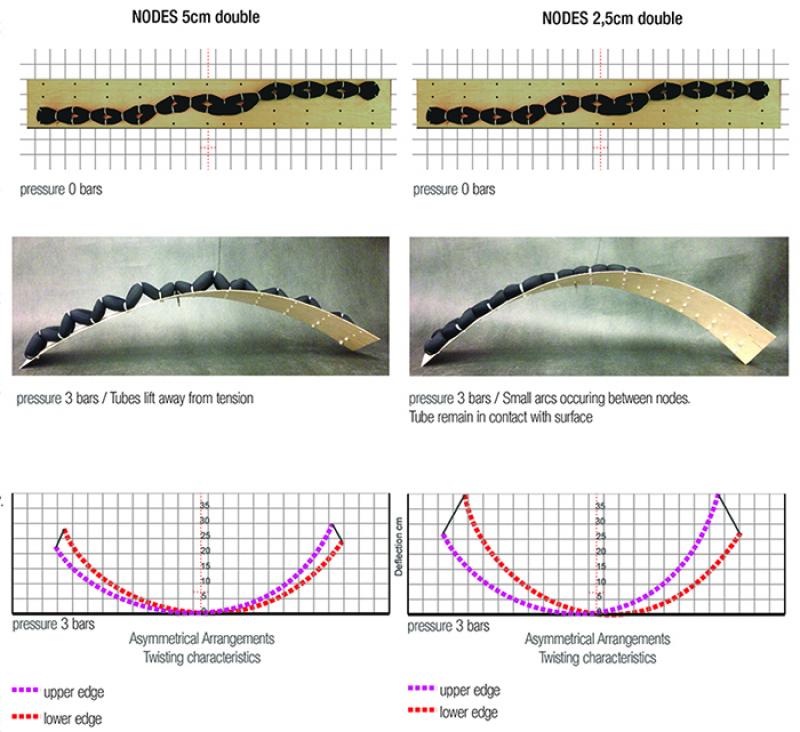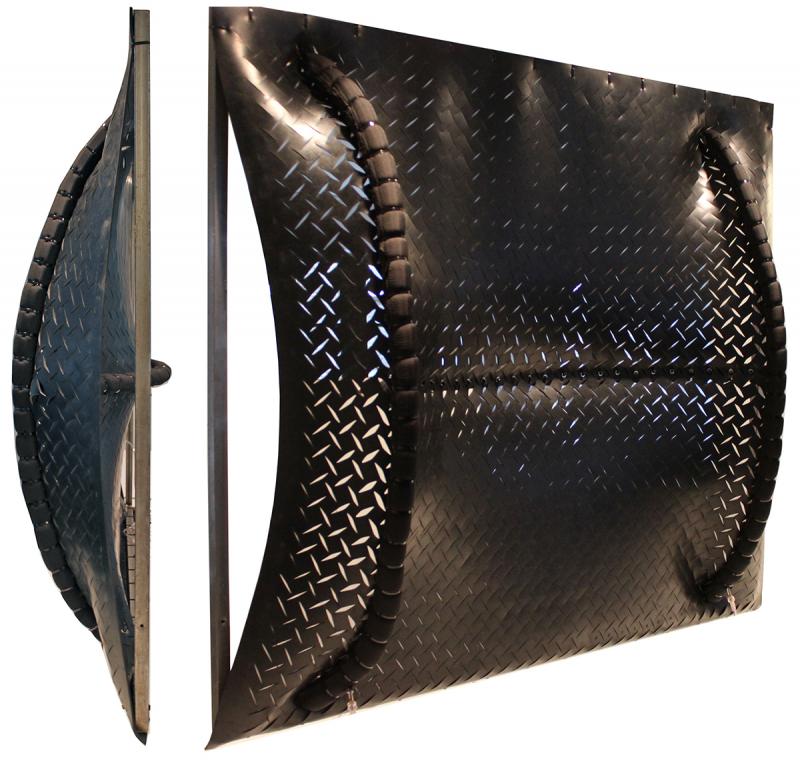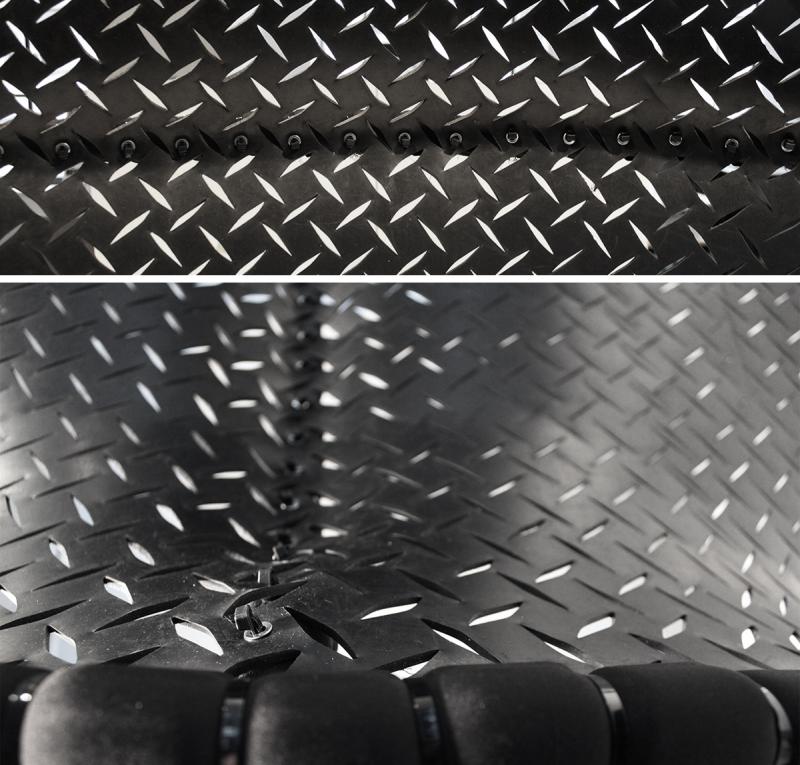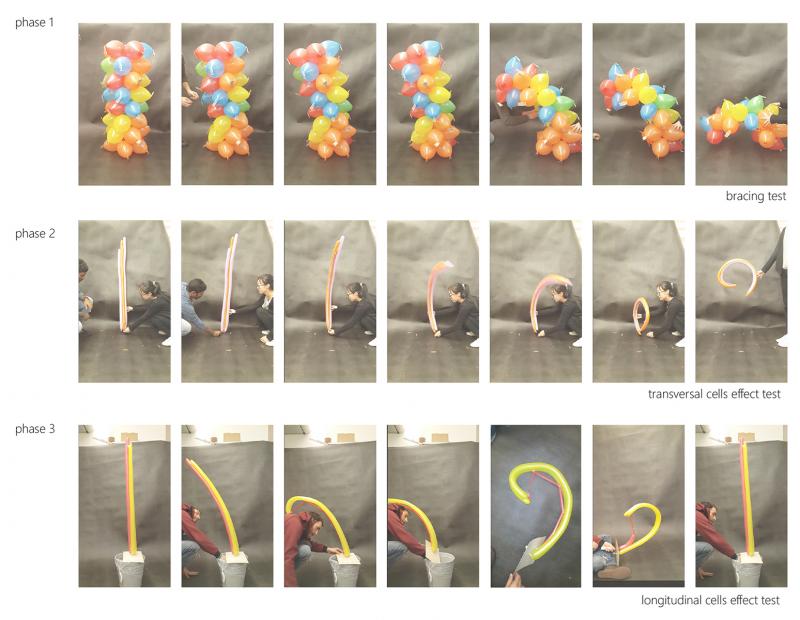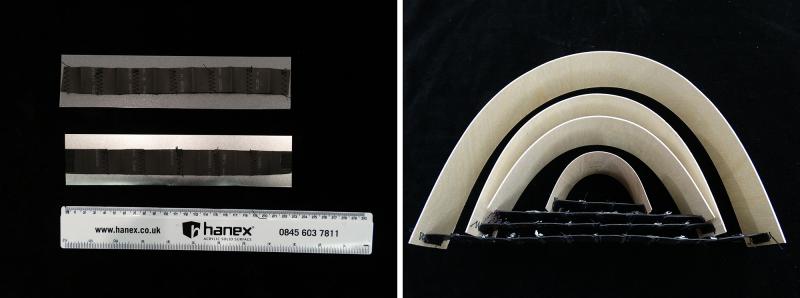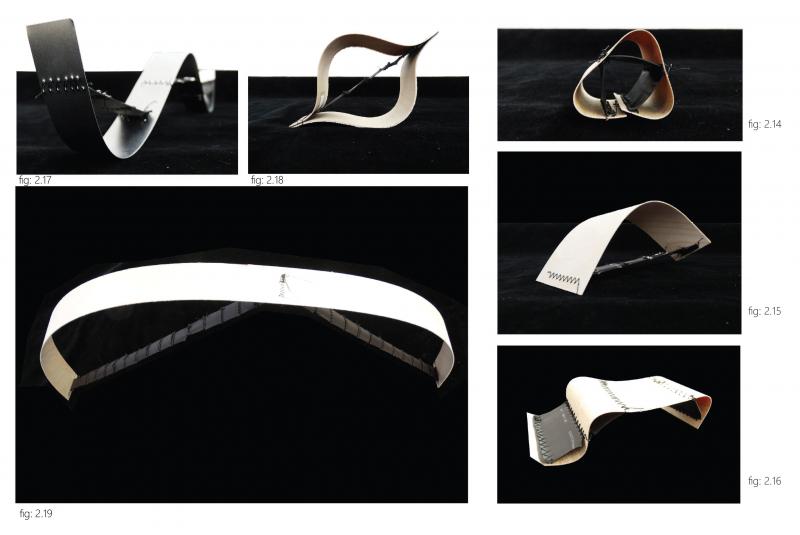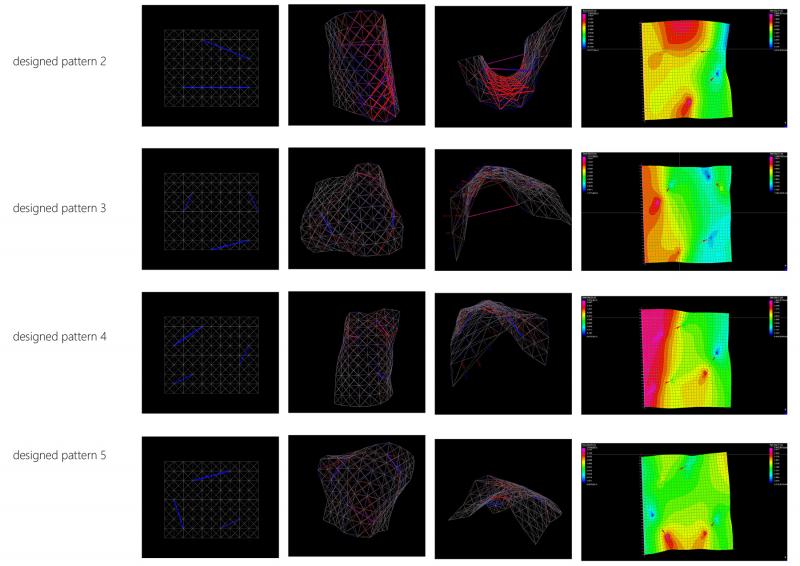Mimosa Pudica
The final model is a surface created by one central contraction point in each unit. It is comprised of one studied curve that gradually flips its normal to demonstrate the cells behaviour across the surface. It was generated using a Grasshopper definition. This surface demonstrates one option within this system but other options are possible to explore as well.
Antiopi Koronaki
Samidha Kowli
Olga Kravchenko
Abhilasha Porwal

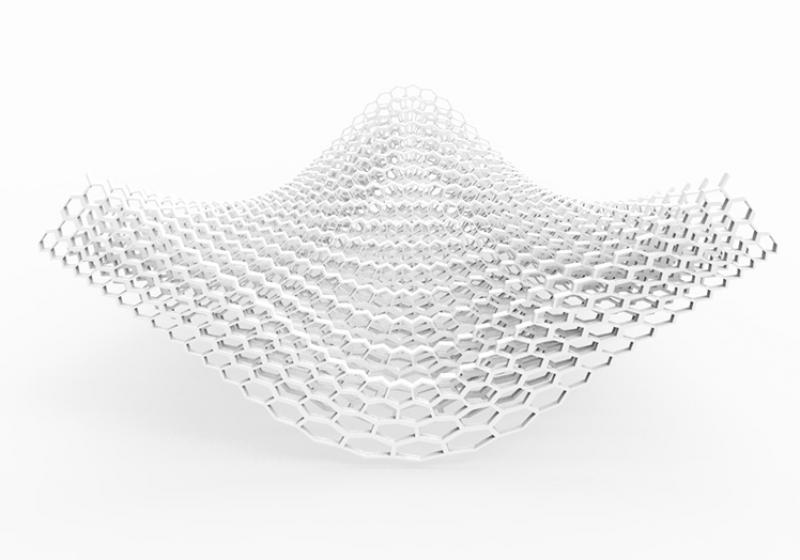

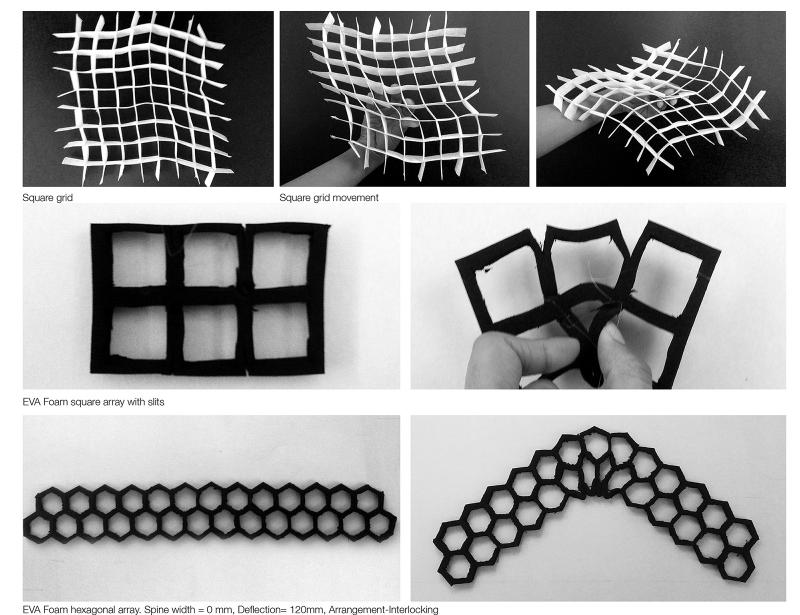
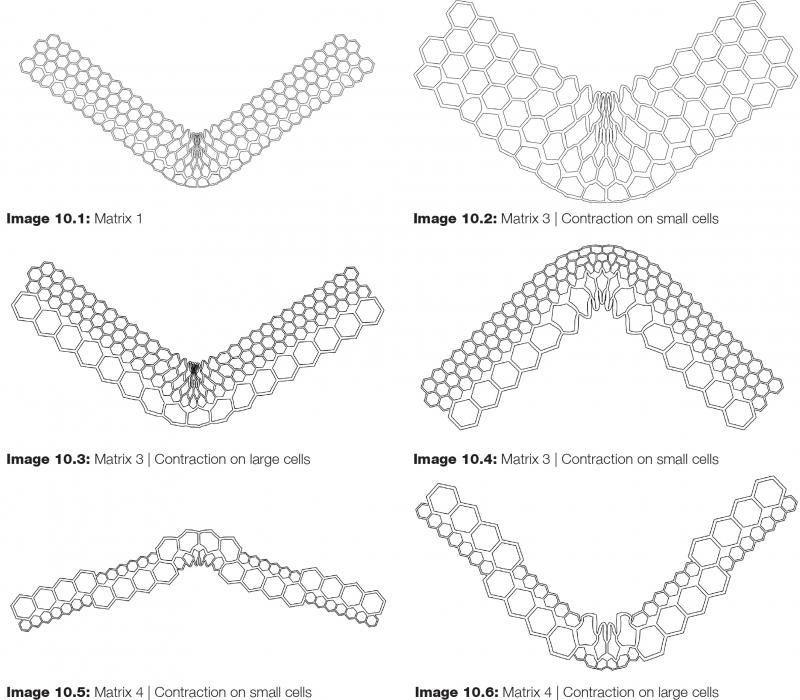
.jpg)
